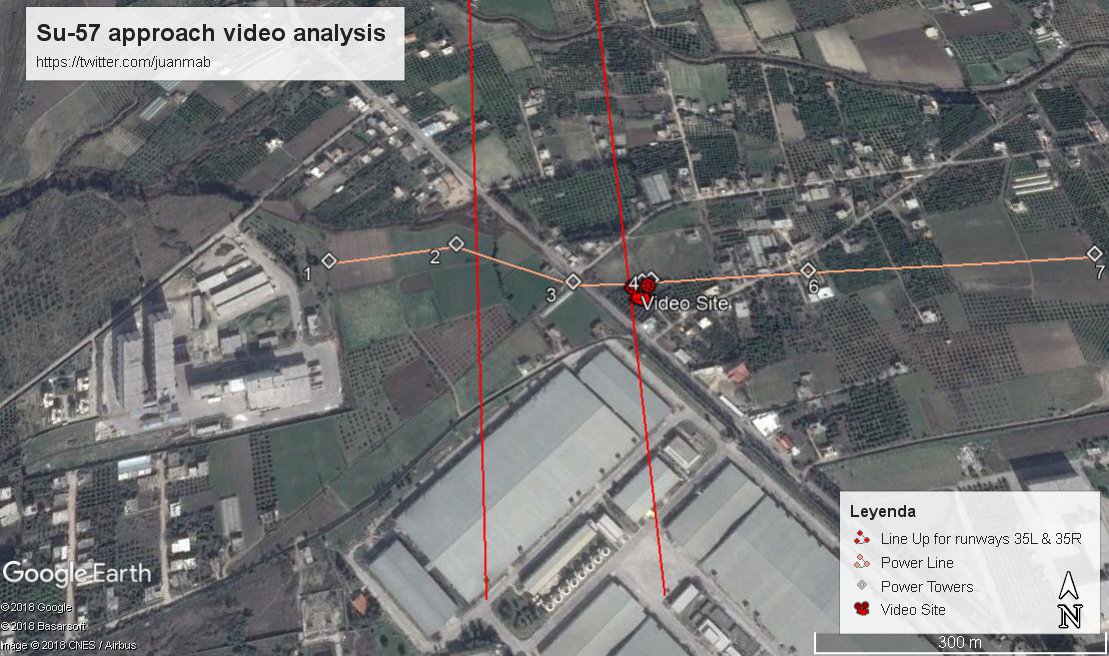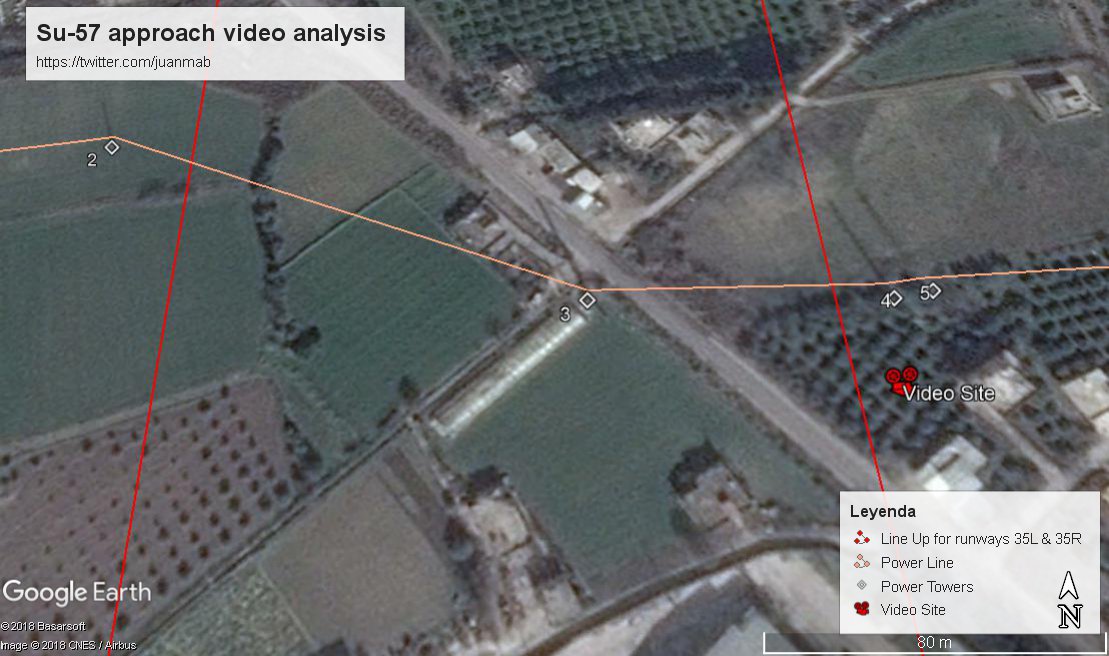But that's just the point - providing that both the DSI and the conventional intake are well-designed, according to [6] there is no effect (*relatively* speaking). The inlet with a shock system which has better pressure recovery without regard to BL effects (i.e. DSI) merely maintains that advantage after consideration of BL effects and a means of diversion (bump or diverter + bleed, as the case may be) are introduced - the lead doesn't get bigger than it already is. Both intake types therefore suffer a penalty of the same magnitude compared to their theoretical potential, so for a relative comparison of pressure recovery it's the shock system which matters most, not the method of BL diversion.
Except that isn't the point. You introduced conical flow as the operating principle behind DSI, and it has already been shown to you that explanation which conical flow provides is insufficient. Boundary layer diversion is inherited in the design of DSI, so explaining it is a necessity.
If that's the blanket statement you intend to make, then yes, sources you submit as proof of it do have to explicitly state DSI is better than every other design or at least lead back to principles that are fundamental enough to apply universally. Else they don't hold as proof of the point you are arguing - that an advantage over a select few particular types of conventional means a superiority across the board is an unproven assumption (in fact, as mentioned below, it's been proven incorrect).
Compared to some other designs, but plainly not *all* other designs. Or are you genuinely trying to argue NASA and the USAF (and several others, for that matter) are wrong?
See, that's where your argument falls apart, you're assuming the pressure recovery advantages of DSI over certain specific conventional types translate into an advantage over all conventional inlets in general. That assumption is demonstrably wrong.
The factors that give DSI advantages over conventional fixed inlets do not go away simply because a different inlet type is being compared. Do variable geometry inlets on Su-57 have diverter? Yes, so the inlets on Su-57 will introduce drag that DSI will not. Do variable geometry inlets on Su-57 use ramps? Yes, then there will be the same shock-boundary-layer-interactions as with the fixed ramps shown in the sources. The papers do not need to repeat the same findings for every conceivable inlet deigns. As for my point on inlet performance, it has always been about the entire package, whereas you cherry pick pressure recovery in order to make generalizations. What's falling apart here are your claims on diversion of boundary layer (and by extension cowling design) provides "little scope" for improved pressure recovery and how pressure recovery is all about conical shock system. Sources [3,4,5] showed your claims to be false.
Absolutely not - believing that requires you to completely mis-read what I've been saying. Pressure recovery is however one area where DSI is inferior to some conventional types of inlet, hence for aircraft requiring very good performance in this regard DSI is not the right choice. Again, I do not generalize at all, I'm merely pointing out that it's the requirements which drive these decisions. As always, there is no one-size-fits-all solution.
In real world, we see examples of DSI being used on aircraft with very good performance. That is sufficient proof of your view on DSI being incorrect. Of course requirements drive decisions, but in the case of Su-57, performance requirement is not the only driver.
Correction: I accused YOU of making an apples-to-oranges comparison. For the point the paper intends to make it's a pertinent device - trouble is, the paper isn't aimed at answering the question for which you're attempting to use it as proof. That isn't a problem with the paper however, it's just you trying to use it as something it cannot possibly be by design.
Again, for the purpose of proving that DSI can function without a BL bleed whereas a conventional intake cannot it's a sensible approach, but that's not what we're discussing. We're arguing about intakes that are applicable to a realistic aircraft design, and the bleedless 2D intakes from those papers clearly do not meet that criterion - they're merely thought experiments, notional vehicles for illustrating a point very different from the subject of our debate.
You
are accusing the paper of making apple-to-orange comparison. You basically complained that the comparison was stacked because DSI was allowed to divert boundary layer while the fixed ramp inlet wasn't. You failed to understand, or perhaps you are unwilling to understand how that
is the advantage of DSI. In a hypothetical situation where the exact amount of bleed is introduced to both intake types, DSI will still end up with higher pressure recovery because DSI starts at a higher base line without bleed. However, bleed isn't free, with the cost being drag. By naturally diverting most of the boundary layer, DSI requires less bleed and that implies less drag. Pressure recovery isn't the only performance criteria.
I have had that paper for ages and it nowhere specifies what exact kind of intake that "conventional trend" graph represents (a more recent, very similar Chinese paper went on to copy it without providing more detail either). As we've seen, this would be rather important to know though, because in terms of pressure recovery "conventional intake" is far too broad a category to be generalized like that.
The paper compares DSI against fixed ramp inlet, so the conventional trend should correspond to a fixed ramp inlet. Having said that, the explanation for the trend would be applicable to all conventional fixed inlets, since inability for fixed inlets to adapt to changing condition is a well known issue, and is why variable geometry got introduced in the first place.
If that's what it sounded like to you, you seriously need to work on your reading comprehension. I explicitly stated in this thread that I believe DSI is the best choice for both the J-20 and F-35 - my point was always that the Su-57 diverging from this pattern is NOT an indication that the others got it wrong, but that the requirements are different. Please stop putting words in my mouth.
And my point which starts this all is that Su-57 has to rely on variable geometry inlet because Russia has no access to better alternatives.



